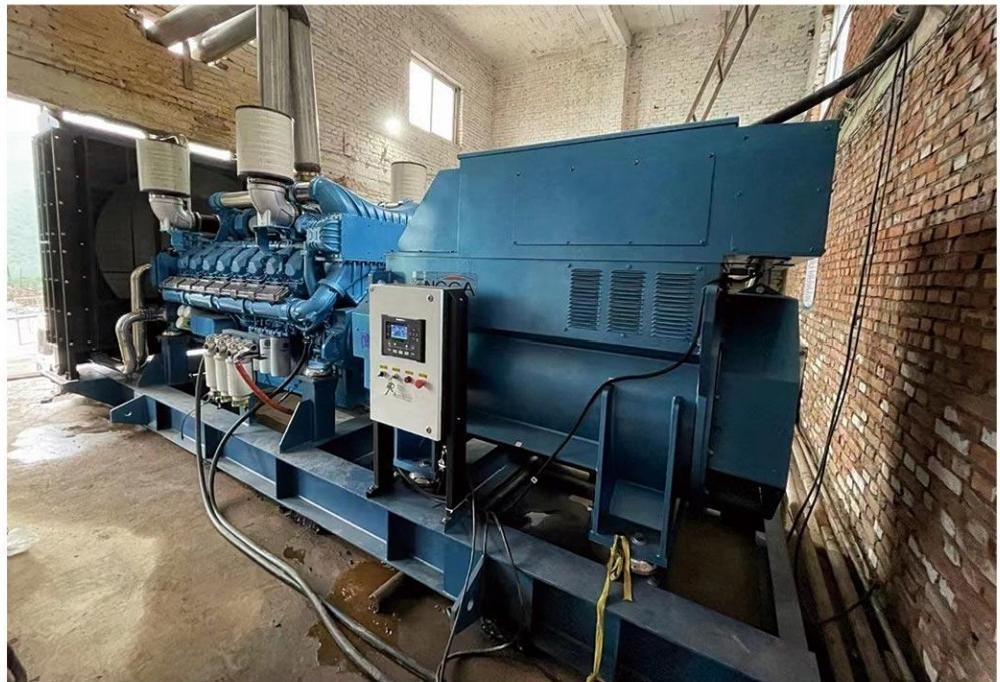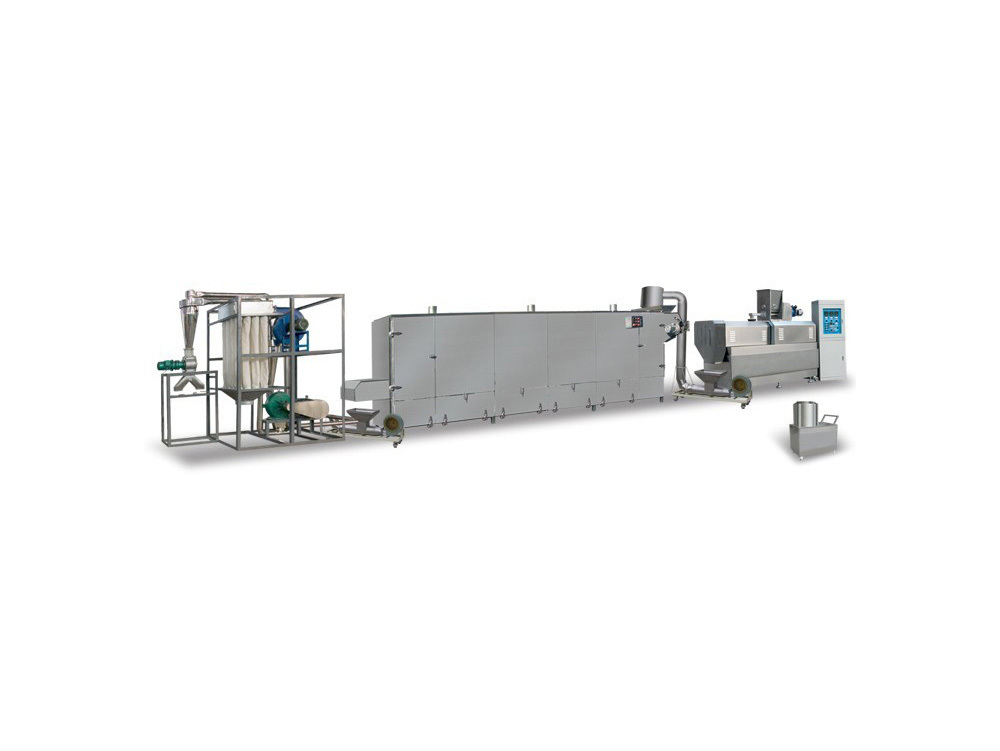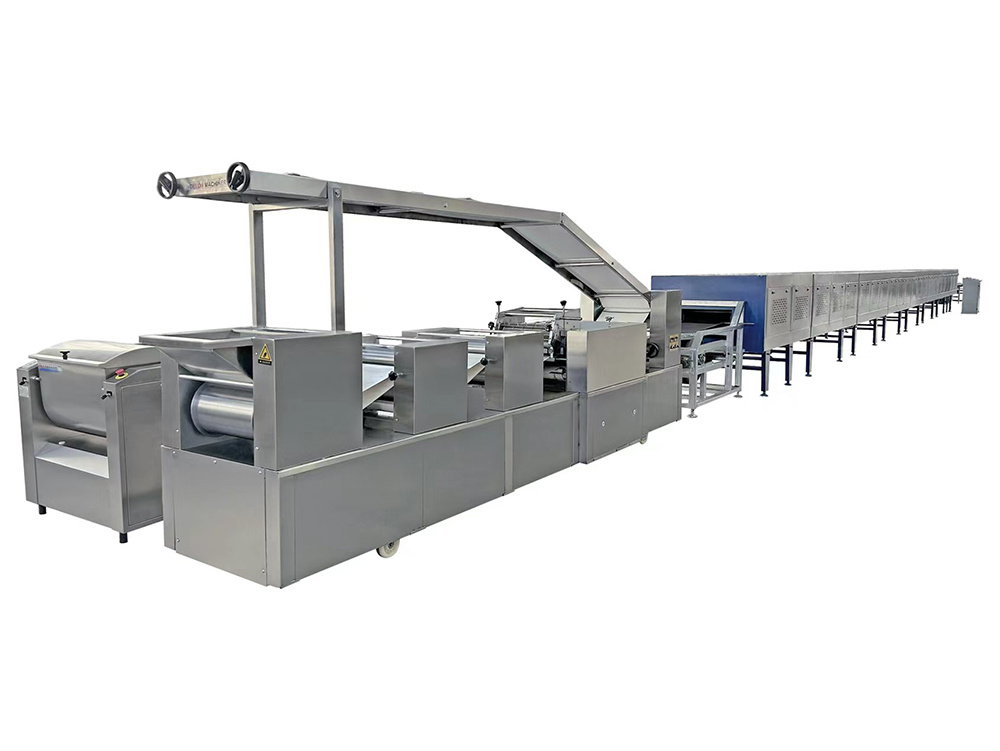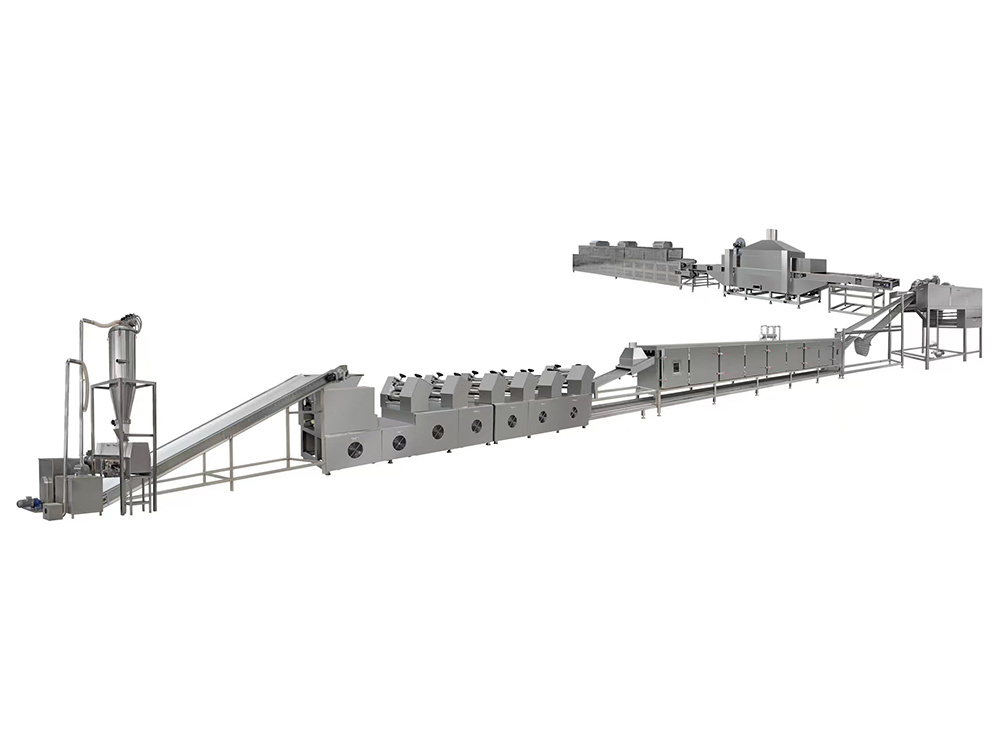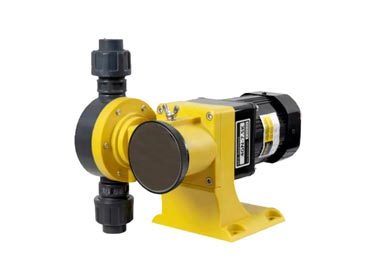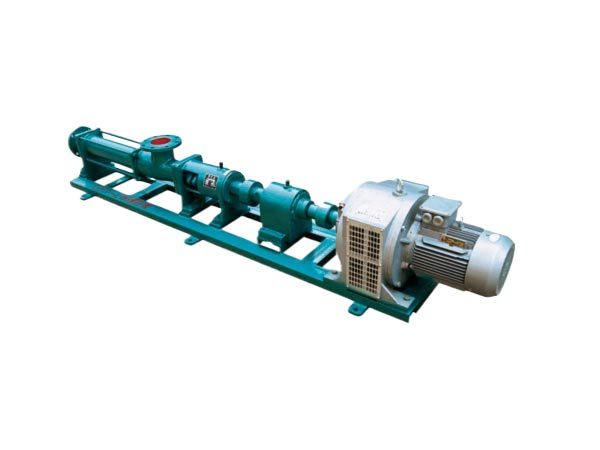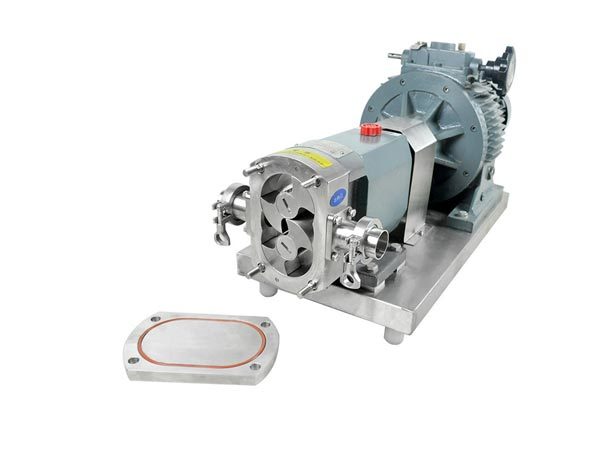Tubular heat exchanger
Keywords : Raystone
Classification :
PRODUCT DETAILS
Keywords : Chemical pumps
Tubular heat exchanger is a heat exchange equipment widely used in the industrial field, playing a vital role in many industries such as chemical, petroleum, electricity, food, etc.
1. Structural features
Core components
It is mainly composed of tube bundles, tube sheets, shells and other parts. The tube bundle is composed of multiple tubes arranged and is the main place for heat exchange. These tubes are usually made of metal materials, such as stainless steel, copper, etc., with good thermal conductivity.
The tube sheet is used to fix the tube bundle and separate the tube bundle from the shell. The shell surrounds the tube bundle to form a closed space to accommodate another fluid medium.
Fluid channel
One fluid flows in the tube bundle, and the other fluid flows in the space between the tube bundle and the shell. This design allows the two fluids to exchange heat without direct contact.
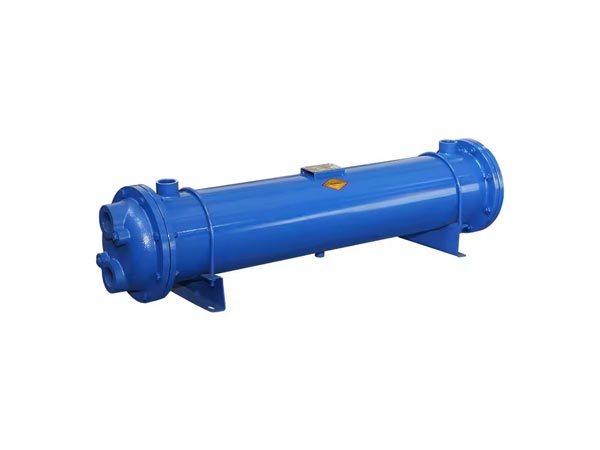
2. Working principle
When two fluids with different temperatures enter the tubular heat exchanger separately, the heat of the high-temperature fluid is transferred to the low-temperature fluid through the tube wall. For example, in chemical production, high-temperature steam can transfer heat to low-temperature chemical raw material fluid through the tube wall, thereby heating the raw material or cooling and recycling the steam.
3. Advantages
Efficient heat transfer
Since the tube bundle structure provides a large heat transfer area and the metal tube wall has good thermal conductivity, it can achieve efficient heat transfer and ensure that the heat exchange process is carried out quickly and stably.
Strong adaptability
It can adapt to a variety of different fluid media, whether it is a highly corrosive chemical fluid or a food fluid with high hygiene requirements. As long as the appropriate pipe and sealing material are selected, heat exchange operations can be performed.
Compact structure
Compared with other types of heat exchangers, Tubular heat exchanger can provide a larger heat transfer area per unit volume, thereby saving installation space and having great advantages in industrial sites with limited space.
4. Application scenarios
Chemical industry
It is used for preheating chemical raw materials, heat control during the reaction process, and cooling of products. For example, in the production of synthetic ammonia, preheating the raw gas entering the reaction tower through Tubular heat exchanger can improve the reaction efficiency.
Petroleum industry
In the process of crude oil refining, it is used for heating crude oil and heat recovery of distillation towers. It can transfer the heat of high-temperature oil residue to the crude oil that needs to be heated, reducing energy consumption.
Power industry
Used in condensers, feedwater heaters and other equipment in power plants. In the condenser, the steam discharged from the turbine is condensed into water by heat exchange with cooling water, and recycled.
Food industry
Used for heating, sterilizing, cooling and other operations of food. For example, in the processing of milk, the milk is sterilized and cooled by the tubular heat exchanger, which can not only ensure food safety but also improve production efficiency.

Factory workshop
Factory workshop

Factory workshop
Factory workshop

Factory workshop
Factory workshop
RELATED PRODUCTS
FAQ

March Trade Flash Sale: Shandong Raystone Heavy Machinery Unveils Deals!


Q:What's your after-sales service like?


Q: Can I get some samples?


Q: How long is your delivery time?


Q: Can we visit your factory?


Q: Are you a manufacturer?



